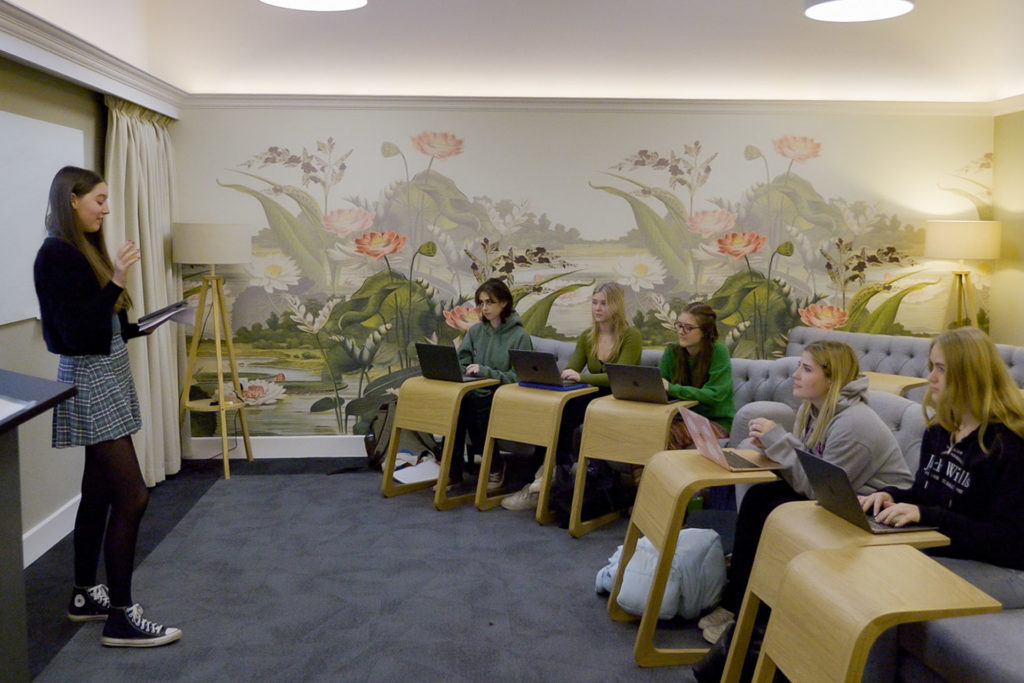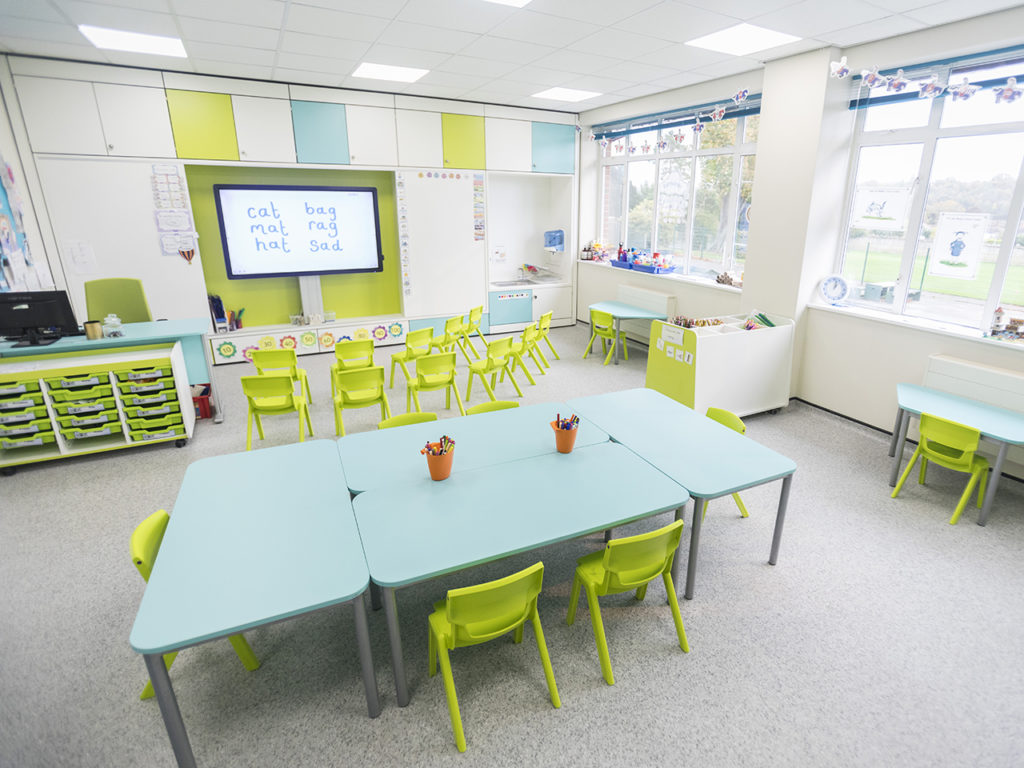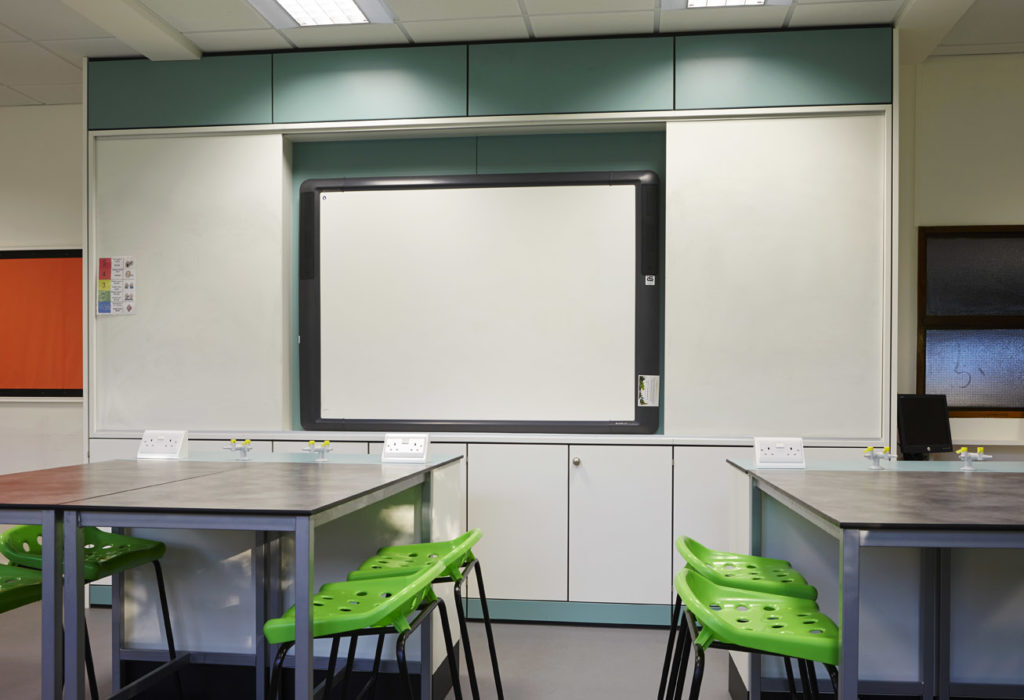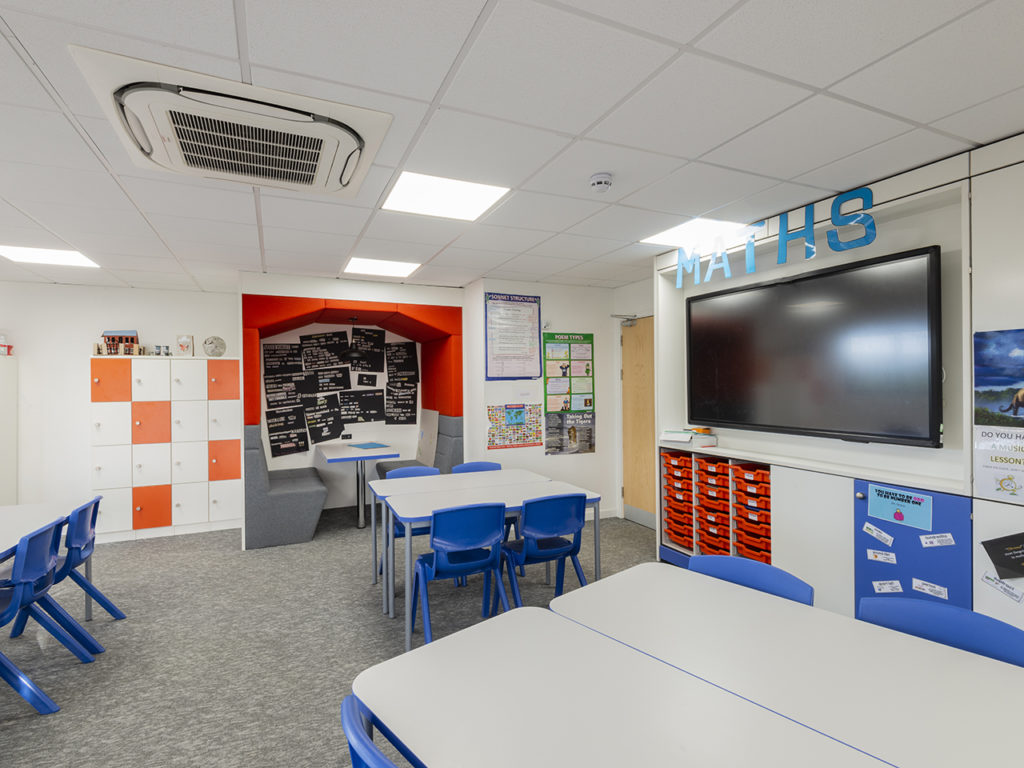The Flipped Learning Model is a form of pedagogical education where students carry out research and background before the lesson, coming to class with a deeper knowledge and understanding before the subject is taught. Students are encouraged to take the lead with this heuristic style of learning which is faster and produces better results than the traditional teaching method; students teaching their teachers who then take a ‘guide on the side’ role.

What Are The Fundamentals Of Flipped Learning?
An easy way to remember the main points of flipped learning are from the relevant and easy to learn acronym ‘FLIP’. These stand for:
1. Flexible Environment
2. Learning Culture
3. Intentional Content
4. Professional Educator
Flexible environment means ensuring your learning spaces can physically be moved around for multi-use areas that incorporate a number of teaching styles. Student led zones mean they choose where they best learn in a classroom, whether individually or collaboratively, and when they want to learn, leading to teachers’ marking of this learning style in a less controlled manner, allowing for a greater breadth of topics.
Learning Culture becomes a more student-centred model in the classroom, rather than the class being led by the teacher in a more standard fashion. With the basics already learnt at home or outside the learning areas, teachers and students have time to delve into deeper subject matter.
Intentional Content is all about the importance of classroom time. Teach what is important for students to know and understand, with activities to increase engagement, and allow that many of the strategies adopted will add to learning instead of spending valuable time teaching the fundamental subject basics. Students take responsibility for information gathering but at a pace that suits their learning.
Professional Educator – it may sound odd to state that teachers who practice flipped learning may find it harder work than the traditional ‘teacher at the front’ method.
However, flipped learning means teachers develop continuous monitoring and reporting back so students stay on task and know they are on the right track.

How Can You Integrate Flipped Learning In Your School?
Space is key to integrating flipped learning. Classrooms should be fully flexible with desks, seating, learning walls and storage easily moveable for group work or solo study with students able to reflect or collaborate. Everyone should be visible at all time – including the teacher – so the classroom set up needs to accommodate this. Space should also allow for demonstration areas or project work to encourage students to be engaged and involved at all times. In this way, their own contributions are what leads individual learning. Natural lighting, great acoustics and ambient temperatures will give students the ability to fully concentrate on their learning to the best of their ability, as well as making sure your teachers are happy and healthy in their classrooms.
Call the educational specialist team at Envoplan to find out more.




